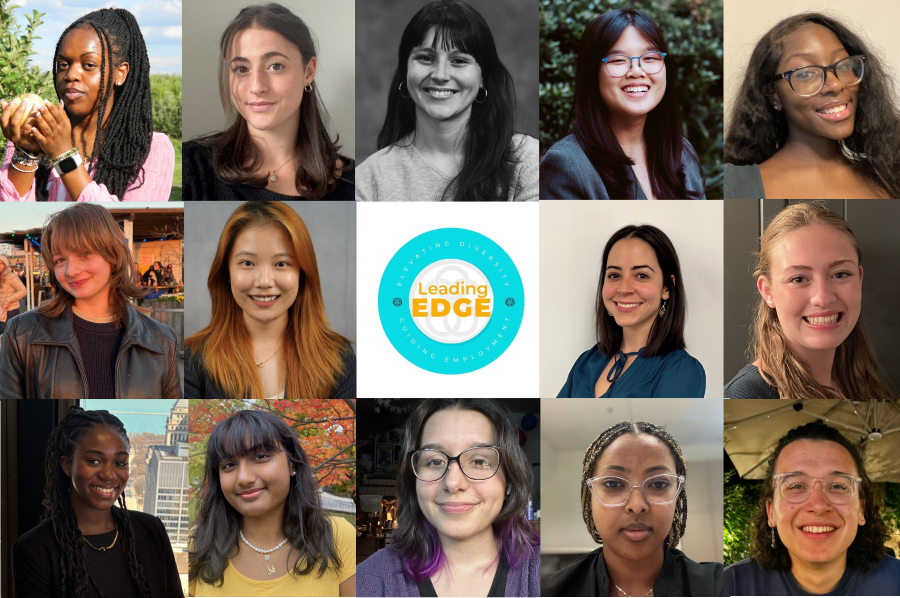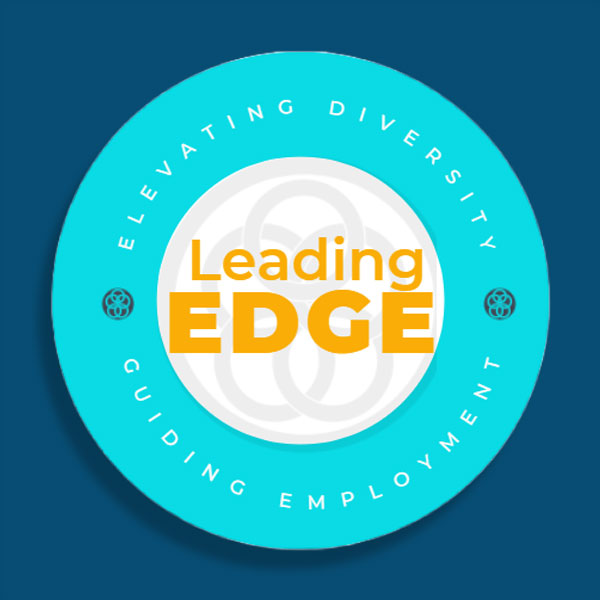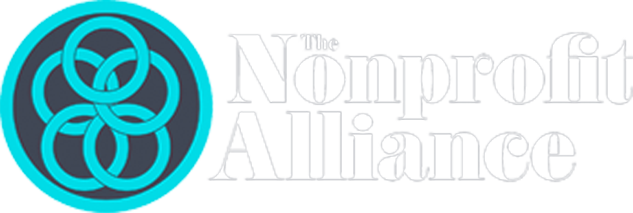Unleash a culture of transparency or: how I learned to stop worrying and love radical change
(Second in a series)
Last month, we began talking about the radical change that is under way in the social good community.
It’s not surprising when you look at how dramatically working environments have changed in a short period of time. How many “remote” workers did your organization have ten years ago? Or five, even?
As the amount of flexibility and autonomy we have has grown exponentially, so has the demand for trust and the expectations for leadership. People are really looking for meaning and purpose in their lives and at work. They want to feel included and engaged. In today’s social good community, as in any organization, leadership is about creating an environment where people can flourish.
Happily, Liberating Structures can help the growing number of non-profit “intrapreneurs” confront and reverse the disturbing trends of disengagement, disaffection and turnover besetting our organizations and hampering the absolutely vital work that we do for our communities and the world.
Let’s start, though, by defining what Liberating Structures is not. It is not a license to speak the jargon of the “360-degree stakeholder consultation.” On their website, Keith McCandless and Henri Lipmanowic, who pioneered the concept, are blunt:
Unwittingly, the conventional structures used to organize how people routinely work together stifle inclusion and engagement. — Liberating Structures
“Conventional structures are either too inhibiting (presentations, status reports and managed discussions) or too loose and disorganized (open discussions and brainstorms) to creatively engage people in shaping their own future. They frequently generate feelings of frustration and/or exclusion and fail to provide space for good ideas to emerge and germinate. This means that huge amounts of time and money are spent working the wrong way. More time and money are then spent trying to fix the unintended consequences.”
Most teams adopt one of five conventional methods of working together:
1. The presentation – enough said, literally
2. The managed discussion – calling people together to discuss ideas already created
3. The status update – going around the table and reporting but no problem-solving
4. The open discussion – one big undivided group where typically one or two people dominate
5. The brainstorm – an unstructured gathering that creates ideas but doesn’t typically lead to outcomes
Have you ever sat in a meeting with a sort of filmmaker commentary running through your head that sounds something like, “I called this meeting today to discuss a decision I’ve already made.” That’s an over-controlled meeting. Have you sat in a meeting where everyone is encouraged to contribute – and eat way too much chocolate – and nothing is accomplished? That’s an under-controlled meeting.
When we talk about liberating structures, we mean ways of organizing that make it possible to include and engage more people. We mean organizing how groups of people work together; to create more inclusion and collaboration that can unlock ideas and unleash potential across the organization. We mean recognizing that good ideas can come from everywhere, and being willing to upend the funnel of the top-down approach that most organizations have.
The good news is that with a few simple techniques, anyone can liberate the confining structures that are making us miserable and holding us back. We can make it easy to transform how people interact and work together. We can fully engage everyone so that everybody has the opportunity to contribute to the group’s success – and everybody has the ability to expand the ways we interact and work together.
Sound good? Great! In my next post, I will share loads of simple tips and techniques to help you achieve much better results and unlock a culture of inclusion and innovation!
Kyla Shawyer is a passionate advocate for sharing and collaboration in the social good space. After 14 years leading nonprofits, including Operation Smile, the Resource Alliance and the IFC global nonprofit community, Kyla has seen firsthand the magic and impact that can be created when we break down barriers and open our minds and our hearts to new ways of learning and working together.
(Title: Chief Transformation Consultant, DSIL Global; CEO Philanthropy and Fundraising North America )


